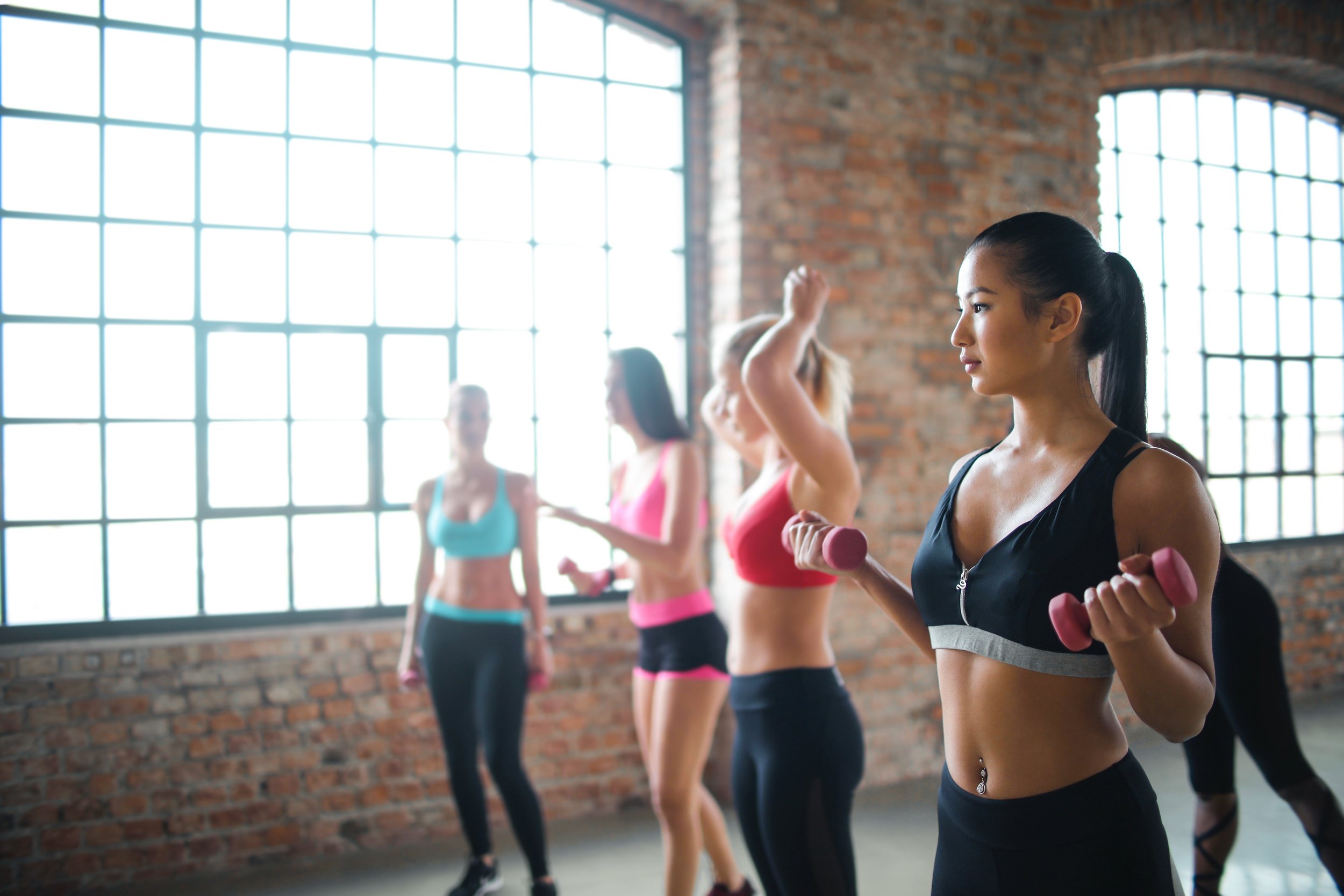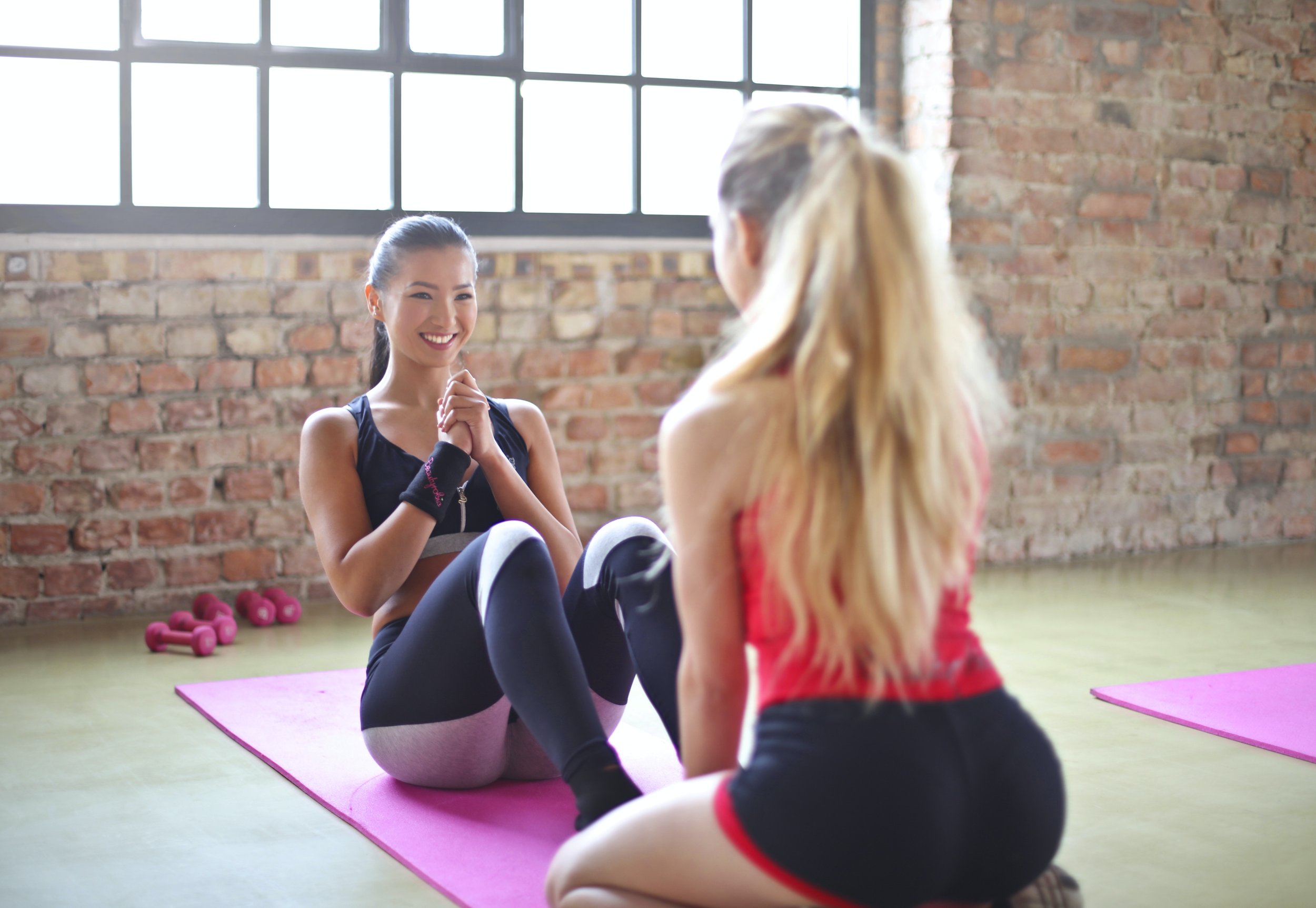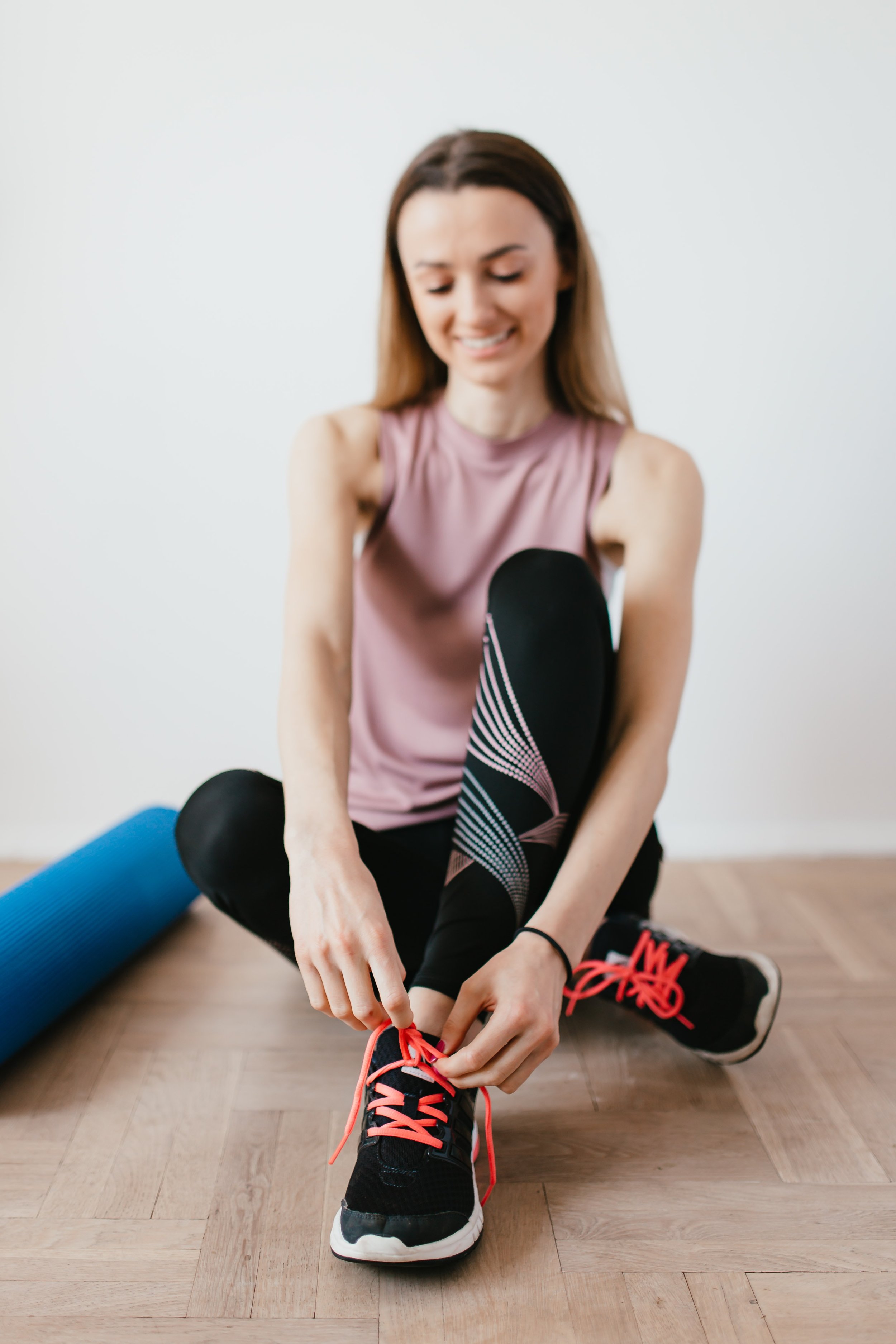Pilates Comprehensive Teacher training
Allonge’ is proud to offer a Comprehensive Classical Pilates Teacher Training Program to Pilates enthusiasts who wish to share their knowledge of the Pilates Method with others. Allonge’ offers both a Pilates Mat Training Program and a Comprehensive Pilates Training Program. Our mission is to share the benefits of Joseph Pilates’ work and preserve this form of conditioning in its original design. Completing Allonge’s Mat Training Program will qualify individuals to instruct others in the Classical Method of Pilates Mat-work (the “hallmark” of the Pilates Method), and completing the Comprehensive Pilates Training Program will qualify individuals to instruct others in the full work Pilates including its apparatus. Comprehensive training is the most extensive Pilates training, and thus students will receive the credentials necessary for taking the certifying exam offered by the National Pilates Certifying Program (*previously PMA/now NCPT).
Comprehensive Pilates Training Program
Prerequisites
History of training with a classically trained instructor
Allonge’ Pilates Anatomy Self-Study
Return to Life Study
Includes
Application & Entrance Assessment
Liability insurance while practice teaching
Studio Access
Course Materials/Training Manual
Modules
Module 1: Pilates History/Scope, Anatomy, Contraindications, Client Assessment
Module 2: Hallmark of the Work: Pilates Mat (Original 34, Pilates Principals in motion…)
Module 3: Beginner System: Mat (w/ weights & magic circle), Reformer, Chairs, Cadillac, Barrels
Module 4: Int. System: Mat (w/ weights & magic circle), Reformer, Chairs, Cadillac, Barrel
Module 5: Adv. System: Mat (w/ weights & magic circle), Reformer, Chairs, Cadillac, Barrels
Required Hours
600 (min) hrs of required self-study/observation/practice/practice teaching, no fewer than 100 hours of self- practice, and 100 hours of hands-on teaching may make up your 600 hours *No fewer than 45 hours of taking lessons with a classically trained, seasoned instructor (*not included in program fees)
Exams
3 Exams (3 parts each- written, performing, teaching)- after 200 hrs, 400 hrs, and 600 hrs, all corresponding assignments must be received and scored prior to scheduling exams
Program must be completed within 18 months. A 6 month extension may be granted in the event of illness/injury/unforeseen circumstances. Completion of training program will result in Pilates Comprehensive Certificate. Completion of training program does not imply employment by Allonge’. *Students who have completed a mat certification previously may bridge into the comprehensive program for a discount.
Application Checklist
✅ 1 Letter of Recommendation
✅ Registration Form
✅ Training Program Agreement/Enrollment Contract
✅ Prerequisite questionnaire
✅ Medical Form
✅ Completion of Prerequisites
Comprehensive Pilates Training Program & Equipment Overview
The Mat
The hallmark of the Pilates Method is the Mat. It lays the groundwork for the work on the other Pilates apparatus. Practice and teach the basics, as Joseph Pilates called it, “the heart and soul” of the Method. The Mat exercises are done on a padded surface, as opposed to a bare floor, so as not to injure the spine. For beginning level students, the Mat work begins with 5 to 10 exercises. As students improve, new exercises are added to their programs. There are a total of 36 mat exercises in the original Pilates Mat repertoire.
The Universal Reformer
After the Mat, the most widely used piece of equipment is the Universal Reformer. The Universal Reformer is a sliding, horizontal bed on which a student sits, stands, or reclines. Movement is initiated and controlled by the student who either stabilizes, pulls, or pushes against a metal bar or leather straps. The springs produce a stretching and contracting action similar to the way your muscles work and are simple to adjust to provide the right amount of tension for the muscles you are working. The emphasis is not on maximum resistance; in fact you never want to feel that you are straining to perform any exercise. They should be done in a continuous flowing manner. Four detachable springs hooked under the carriage determine the amount of resistance needed for each particular exercise, depending on the abilities of the student. The reclining position avoids the pull of gravity on the lower extremities. The removal of this force from the vertical axis of the body allows tension to be regulated and also helps to keep the spine aligned. Other parts of the program feature spinal isolations and concentrated abdominal work developing strength and control. The Reformer is excellent for correcting alignment, working the iliopsoas muscle and strengthening muscles around a hyper mobile joint or increasing the flexibility of a stiff joint.
The Cadillac
The Cadillac (sometimes called the Trapeze Table) is another odd-looking piece of equipment. It is a padded table with four posts (similar to a four-posted bed) to which springs, trapezes, bars, and straps are attached and suspended on different places on the bed frame. The Cadillac is greatly accessorized to enhance program versatility. The use of such props as boxes, foot straps, poles, and pillows, are designed and augmented to accommodate the student’s ability while providing comfort and skeletal support. The similarity of these exercises to those performed on the Mat and Reformer are further challenged to encompass multi-dimensional movement, thus providing the student with complex neuromuscular patterning, which is related to their profession. This apparatus is also extremely beneficial for people with back injuries.
The Chairs
The Chairs were developed by Joseph H. Pilates to stretch and strengthen muscle groups, which are not easily reached by more traditional techniques and equipment. The High Chair and the Wunda Chair look like a boxed high chair that has a horizontal step with springs attached to it. The action of pressing down on this spring tensioned step with either ones’ hands or feet can be executed in varying body positions such as seated, standing, squatting, and lying down. The simple act of exerting pressure builds muscular strength, but more importantly, can be targeted to provide bilateral conditioning. The Chairs can effectively correct imbalances to avoid one area of the body over compensating for an injury, body weakness, or misalignment. It is also excellent for developing control, strength, and range of motion in the hip and knee joints and helps to correct misalignments in the ankles, feet and knees. The Chair exercises are also very effective for closed kinetic chain work in a vertical, standing position.
The Barrels
The small and large Barrels used in the Pilates Method enhance breathing, develop both strength and stretch, and work the spine to correct posture. The High Barrel supports a wide range of motion for the torso in extension, flexion, lateral flexion, as well as addressing the increased flexibility of the hamstrings. The Small Barrel or the Spine Corrector addresses intense abdominal work similarly done on the Mat, where torso and hip flexion are executed from a hyper extended spine, thus utilizing a more extreme range of motion. The Spine Corrector is also used to stretch the upper back and to open the chest, thus enhancing and helping to achieve perfect posture.
Extemporaneous Apparatus (Magic Circle, Pedi-Pole, Foot Corrector, Arm Chair…)
The Pilates Method employs various apparatuses designed (some custom) by Joseph Pilates to address the individual imbalances exposed during movement through his mat and Reformer exercises. Training on these additional pieces of equipment through continuing education builds a more robust and applicable understanding of the work.




